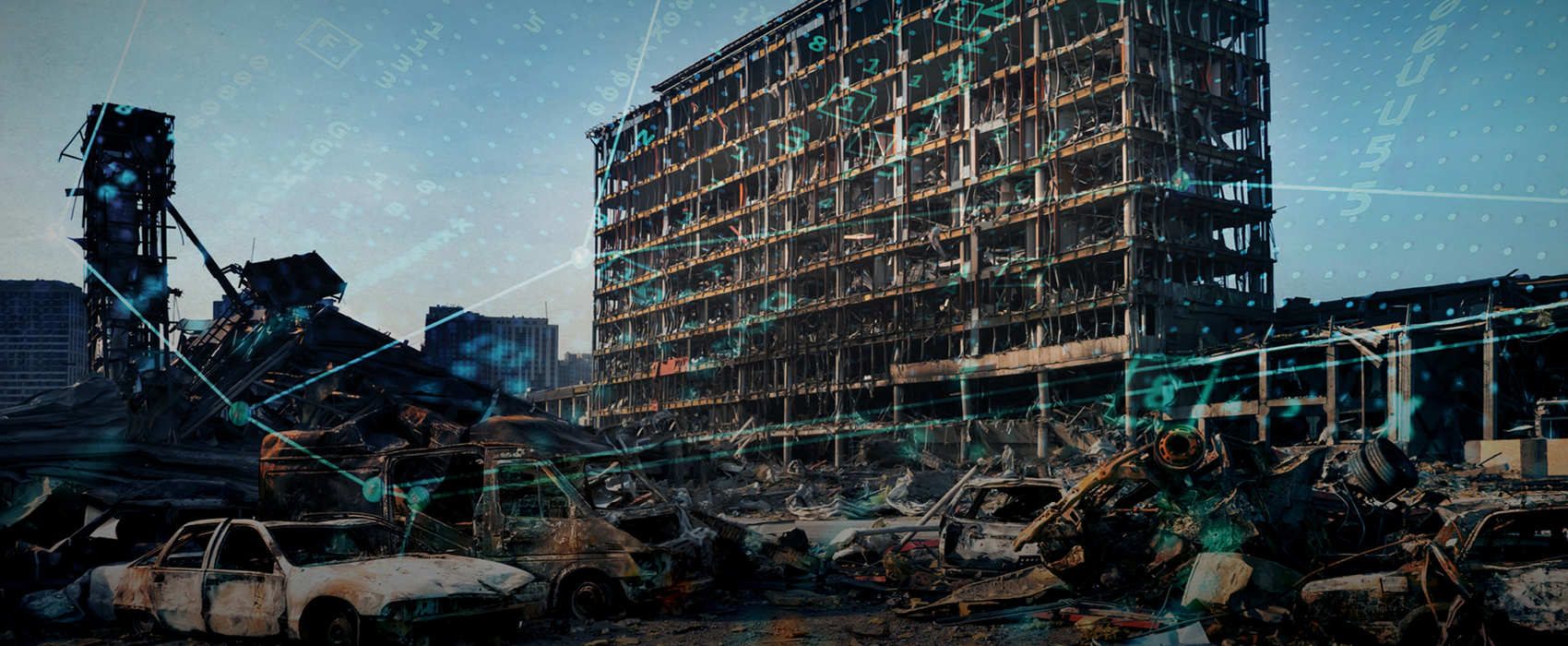What does a 20th century photographer have in common with an investigative journalist in 2023? Both must place emphasis on observation. “You have to look, and looking is so difficult.” With these words attributed to French photographer Henri Cartier-Bresson, Dr. Manisha Ganguly started her workshop in Athens, Greece, as part of the iMEdD International Journalism Forum. The workshop titled “Investigating war crimes using OSINT” offered participants insights into the legal framework surrounding war crimes, as well as basic principles and methodologies when working with Open Source Intelligence (OSINT) sources. Additionally, it offered tips and best practices to safeguard journalists investigating war crimes through OSINT.
What qualifies as a war crime?
The initial task for a journalist involves the ability to recognise what qualifies as a war crime. Consequently, understanding the legal framework applicable during times of war is essential. The four Geneva Conventions, established in 1949, form the foundational legal principles governing wartime conduct. The distinction between an armed conflict and other situations is defined by the International Committee of the Red Cross (ICRC). “I know it sounds strange, but the mere act of going to war doesn’t automatically qualify it as an armed conflict subject to International Humanitarian Law,” Manisha Ganguly pointed out during her workshop. That is why the International Committee of the Red Cross outlines the definition of International Humanitarian Law (IHL) and further specifies the situations in which it is applicable. Additionally, it supplies media professionals with an array of helpful sources concerning International Humanitarian Law. The list of actions considered war crimes is detailed in Articles 7 and 8 of the Rome Statute of the International Criminal Court.
Read more
